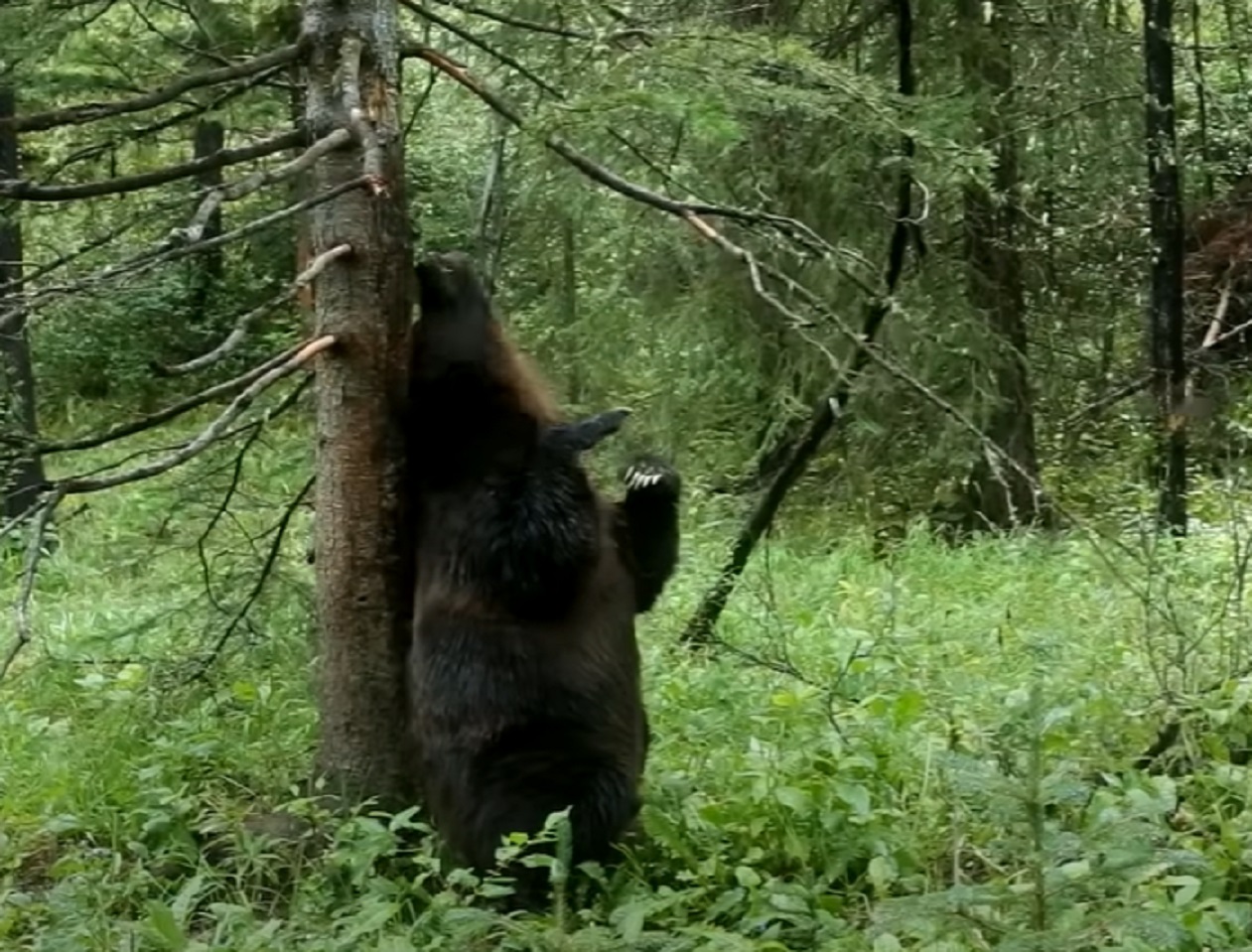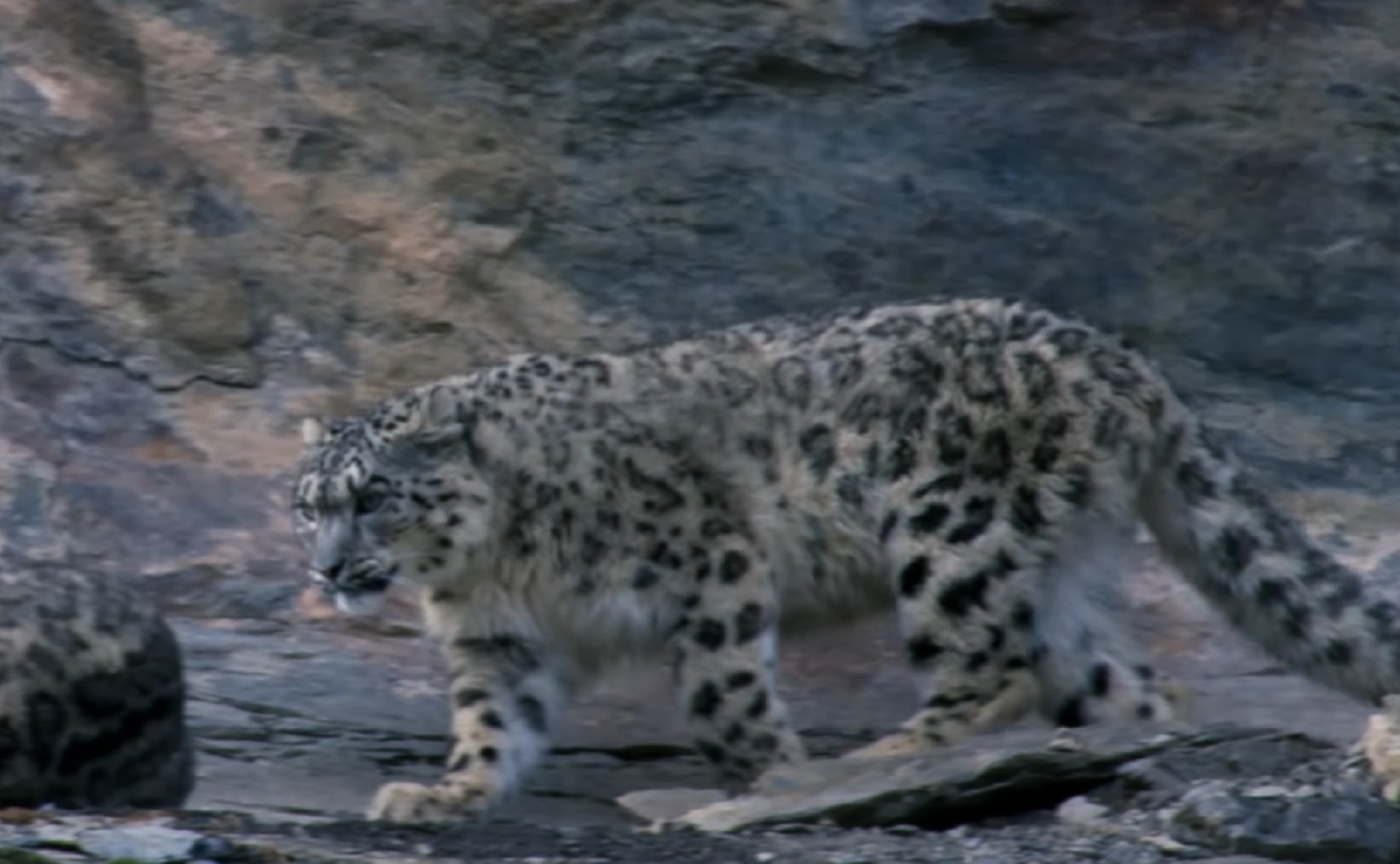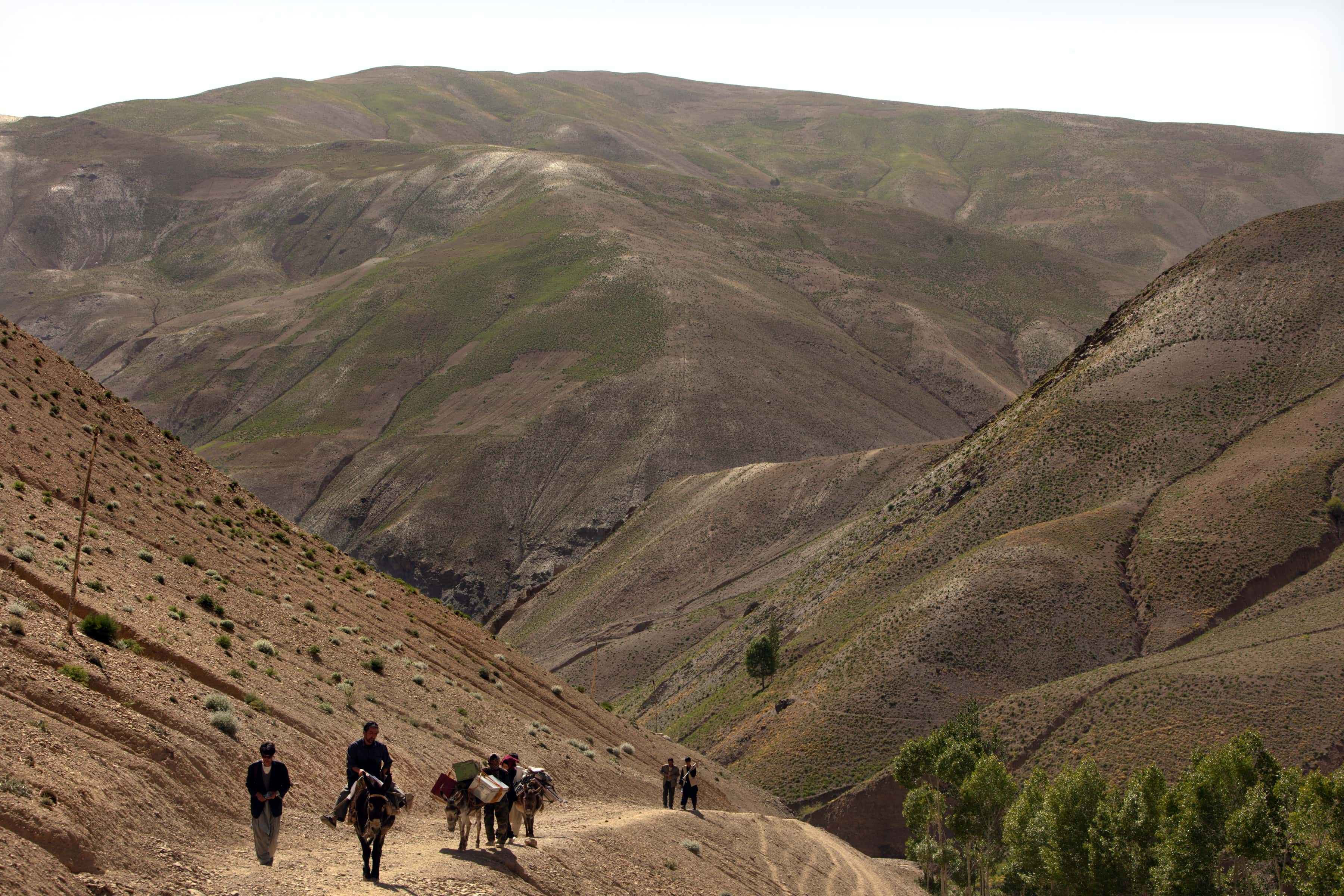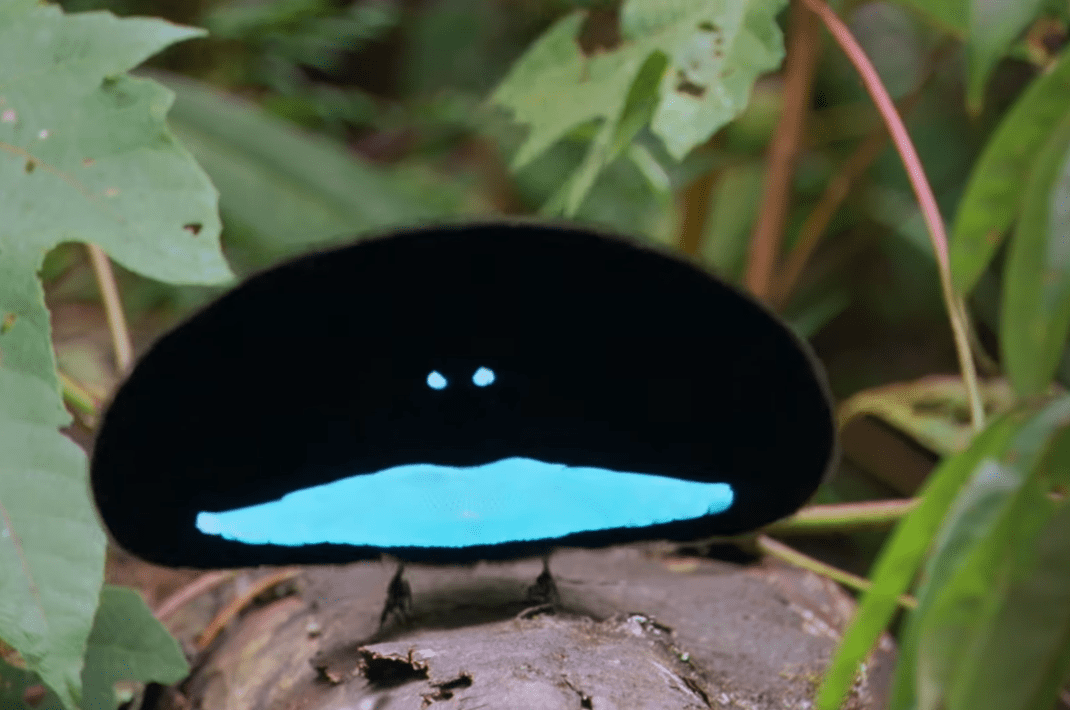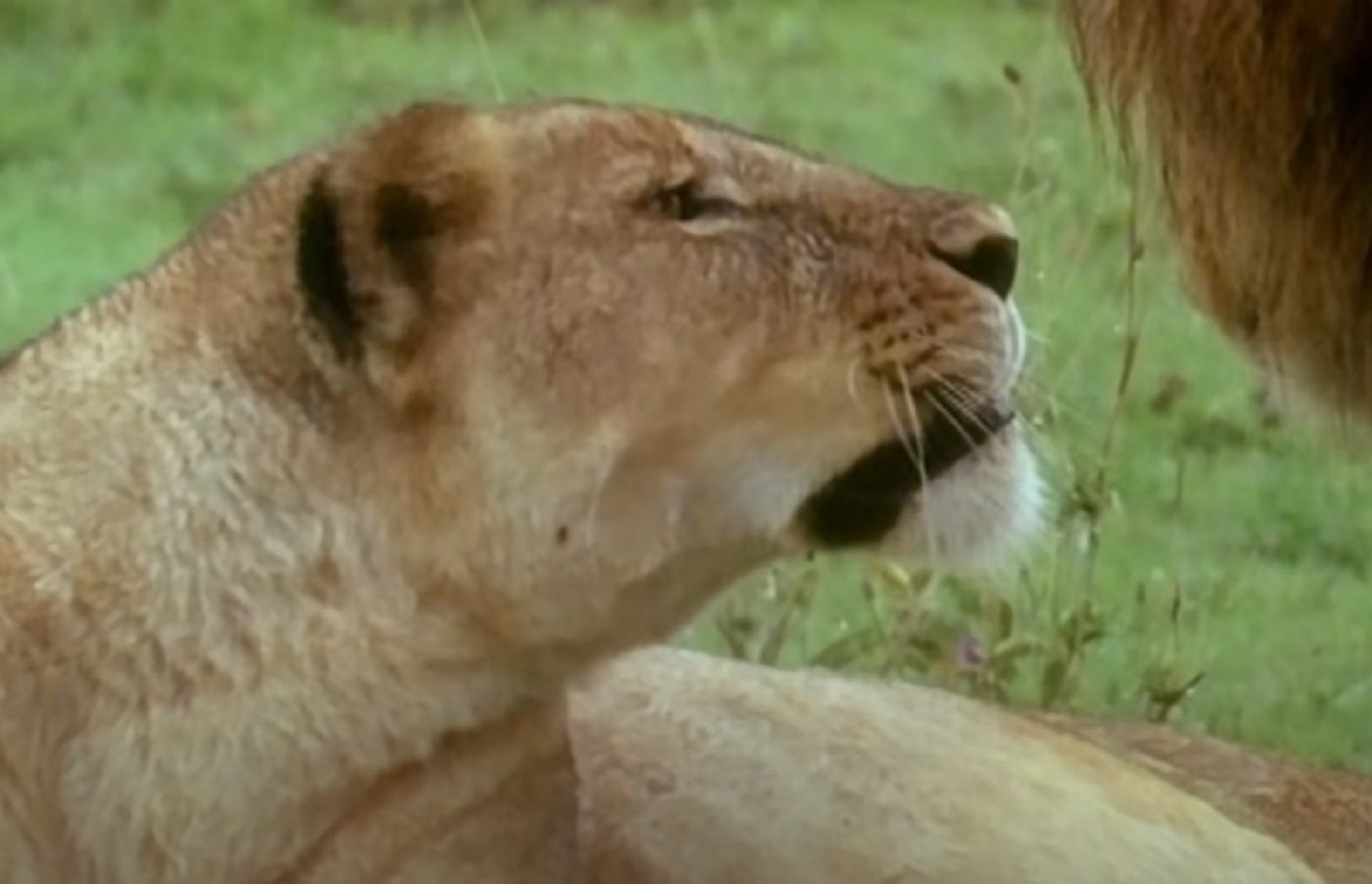“The question is, are we happy to suppose that our grandchildren may never be able to see an elephant except in a picture book?” – Sir David Attenborough.
BBC’s Planet Earth brings the wonderful natural world to our televisions screens, educating us about the planet we live on. Getting this incredible footage wasn’t easy. Here’s some of our favorite facts about the incredible documentary.
1. Rediscovering our planet
The crew filmed polar bears that roamed a remote island group in the Norwegian Arctic. The region is protected by a ban: humans aren't allowed anywhere near the islands. The Planet Earth crew received special permission to film, making them the first humans to contact the islands in 25 years.

2. Big budget, big production
Planet Earth had a production budget of $25 million. It took over 2,000 days in the field, using 40 cameramen filming across 200 locations, to capture the series.
3. Pretty in pink
Flamingos don't get sunburned. In the Mountains episode, flamingos become trapped in ice overnight, only to be freed when the sun finally came up. Later, they gather together in a group to go on parade in a peculiar courtship ritual.
4. Swim for me, baby.
Sloths like to swim (especially if there is a pretty sloth waiting at the other side of the lake). Sadly, the female sloth being pursued in the Islands episode already had a baby and therefore wouldn't be mating again for another six months, but full marks for effort to this enthusiastic chap.
5. Never too old to fly
Sir David Attenborough presented from a hot air balloon at the age of 90. The prospect of going to a freezing cold climate, climbing into a hot air balloon and trying not to shiver too much on camera would be daunting for most of us. But not, apparently, for Sir David, who is still able to do this with ease despite being in his 10th decade.
6. Run, Forrest, run!
Watching iguanas being pursued by snakes is more exciting than any James Bond car chase we've ever seen. Watching animals chase other animals in this series can be a confusing experience. Do you root for the animal being pursued, because you don't want them to die, or the predator giving chase, because you don't want them to starve?
7. It’s all about presentation
Men are more attractive when they tidy up a bit. The Wilson's bird-of-paradise in the Jungles episode set an example to us all. This brightly-coloured bird tidies up all the leaves on a patch of the forest floor so his bright feathers will stand out more and attract a mate. Far be it from us to suggest that humans could learn from this, of course.
8. Scratch that itch
Baloo and The Jungle Book were fairly accurate depictions of bear scratching behaviour. You're a bear. You've got an itchy back. What do you do? Make extremely creative use of the trees around you, of course.
9. Please, Mrs. Lion. I’m too tall for you.
A giraffe can win in a battle with a lion. Because prey is so thin on the ground, desert lions hunt whichever animals they come across. As giraffes are relatively common here, they’re an important prey species. But one particular giraffe in the Deserts episode gave a lioness a run for her money, not quite outrunning her but managing to kick her away when she attacked.
 JRAWLS, CC BY 2.0, Wikimedia Commons
JRAWLS, CC BY 2.0, Wikimedia Commons
10. Perhaps should have asked the bears for permission?
Bears like to vandalize video equipment. The production crew behind Planet Earth II learned one expensive lesson in the Grasslands episode. You can take recording equipment to the other side of the world. You can cover it in a grass camouflage. But the bottom line? Bears still like to smash up video cameras.
11. Theif!
Don't leave any food unattended in Jaipur, India. As seen in the concluding Cities episode, one breed of monkey, the rhesus macaque, has become adept at navigating the people, traffic and market stalls of Jaipur. Their brazen "daylight robbery" as Sir David puts it would put Aladdin's sidekick Abu to shame.
 Clément Bardot, CC BY-SA 4.0, Wikimedia Commons
Clément Bardot, CC BY-SA 4.0, Wikimedia Commons
12. The speed of time
Planet Earth uses flawless time-lapse photography to show climate and seasonal changes -- like a sandstorm in the Sahara Desert or the transformation of parched desert land in Africa into a lush feeding ground for species of all shapes and sizes. Satellite photos of Earth and high-speed cameras that preserve animals' motion in this truly unprecedented package.
13. Big whales
Planet Earth’s Oceans episode follows a miraculous species, the blue whale. Blue whales are the largest animals ever known to have lived on Earth. These magnificent marine mammals rule the oceans at up to 100 feet (30 meters) long and upwards of 200 tons (181 metric tons).
14. The wildebeest migration
Most fans cringed as they watched crocodiles ambushing wildebeest as they cross the Mara River. In fact, the Serengeti migration features animals moving at an incredible scale. Over 750,000 zebra march ahead of 1.2 million wildebeest as they cross this amazing landscape.
15. Planet Earth 2 Released
The second Planet Earth features six additional episodes, the first of which is titled “Islands". It continues: “The rare pygmy three-toed sloth enjoys a peaceful existence on an idyllic Caribbean island, while nesting albatross thrive in predator-free isolation". The subsequent titles include, in the following order: Mountains, Jungles, Deserts, Grasslands, and Cities.
16. Some serious credentials on that guy
The score was composed by Academy Award winner Hans Zimmer, best known for writing the music to The Lion King, Gladiator, The Dark Knight, Inception, Interstellar and 12 Years a Slave.
17. Sir (That’s right, he’s a knight) David is the man.
Sir Attenborough has also spoken candidly about our need to preserve nature programming, telling an audience in Bristol: “I seriously think that wildlife programming and film-making is of crucial importance to the future of the world… If the natural world is in peril, we are in peril. People should be aware of the way the natural world works to understand when they’re damaging it". He added in another interview: “Since we depend on the natural world, understanding it is absolutely paramount. Television can provide that link better than ever before".  BBC, Planet Earth (TV Series)
BBC, Planet Earth (TV Series)
18. We found a new one
With camera crews digging through the snow-covered Gobi desert, scaling cliffs in Pakistan, soaring over Mt. Everest and diving under the ice in Lake Baikal, discovering a new species was almost a given. In fact, it’s remarkable they only discovered one — a blind cave fish in Thailand.
19. We’re talking about a mountain of poop here, guys
As the filmmakers sought to film the world’s largest pile of guano, they were challenged by the fact that walking the camera up the mound was impossible — they’d sink right in. So the team improvised, Hunter explained, rigging a 100-meter cable alongside the poo so they could pull the camera up for a shot as smooth as any of the series’ trademark aerial scenes. But more disgusting.
 Bernard DUPONT, CC BY-SA 2.0, Wikimedia Commons
Bernard DUPONT, CC BY-SA 2.0, Wikimedia Commons
20. Rawr! It’s cold up here. There must be some leopards in the atmosphere.
The snow leopard scene is the result of three years’ worth of effort by a total of eight crew members and 20 local trackers. Numbering only 3,000 to 7,000 in the wild, snow leopards live in the high mountains around central Asia.
21. Chilling with terrorizers. It’s all part of the job
After a year of delays due to the international terrorist manhunt, filmmakers tried their luck on the border of Afghanistan and northern Pakistan. They dressed like locals to blend in, but for six weeks, saw nothing. “We’re sleeping in caves up in the mountains,” Hunter explained. “Then you start looking at yourself in the mirror and see your beard growing and think, ‘Uhh, maybe this is not really the best look to have as the world is looking for Bin Laden and we’re up here filming snow leopards.’”
22. Just bundle up, you’ll be fine
Producers dragged all their camera equipment two miles in 100-mile-per-hour winds to film penguins in Antarctica. We bet it felt like going uphill both ways, too. With gale-force winds and temperatures over 100 degrees below zero, the struggle to reach the penguins’ colony was a difficult one for filmmakers Wade Fairley and Frederique Olivier, who spent a year living near 20,000 Emperor penguins.
 Christopher Michel, CC BY 2.0 , Wikimedia Commons
Christopher Michel, CC BY 2.0 , Wikimedia Commons
23. I imagine getting crushed by a whale is a bad way to go…
“We went into a battle zone,” while filming a mother humpback whale and her calf, producer Mark Brownlow told HuffPost. Male humpbacks were trying to mate with females, in the process bulldozing their way past the boat in the water. Brownlow recounted some of the “hairy moments” the team had trying to film the mother-calf duo, but cited the whales’ intelligence and awareness for keeping the crew safe.
24. I’m too sexy for my feathers.
It took about 300 hours of filming to capture the birds of paradise. Producer Paul Stewart’s solitary birdwatching vigil in the remote highlands of New Guinea started at 3:45 a.m. and lasted eight or nine hours each day. His goal: to witness the bird’s colorful mating dance.
25. “I’ve got your back, bro".
The Gelada baboons would try to involve the filmmakers in their family drama. “They tried to draw you into their little games. The young ones will try to play with you,” he told HuffPost. “They’ll come up and see if you’re any fun — they’ll play with your shoelaces". And when the males fought, sometimes one would come sit next to the filmmakers and stare back at his opponent, casting the humans as his personal allies.
 Charles J. Sharp, CC BY-SA 4.0, Wikimedia Commons
Charles J. Sharp, CC BY-SA 4.0, Wikimedia Commons
26. Big game hunting
Watching lions hunt young elephants at night to feed their own cubs — who hadn’t eaten for days — was a “brutal” experience. “Planet Earth” crew rigged infrared lights and used special cameras to capture the lions on film without disturbing them, since infrared is invisible to both human and animal eyes. Lions have excellent night vision; elephants are at a disadvantage. The crew tracked the predators, set up their equipment, and then watched from the (relative) safety of their vehicles.
27. Frisky kitties
Lion hunting isn’t the only thing that’s interesting. During a mating bout, lions can have sex 20 to 40 times a day. Female lions will sometimes sneak out to mate with a lion which is not in their pride.
28. High-altitude filming
In the days before drone footage, Planet Earth producers relied on helicopters. The crew attached a Cineflex camera, originally developed for use in the military, to the bottom of a helicopter. With help from Hollywood cinematographer Michael Kelem, producers were able to zoom in closely on their subjects from high above, leaving the animals undisturbed. That’s not to say it was easy — the scene in “Pole to Pole” showing wild dogs on the hunt took over 50 hours of flight time to capture, in collaboration with a ground crew.
29. Never doubt a trusty hot air balloon.
Although seemingly antiquated, the hot air balloons were actually the best way to shoot forests without disturbing the leaves on trees, as a helicopter would have done. “We worked with slightly madcap French guy called Dany who invented this thing called the cinebulle,” Hugh-Jones told HuffPost. The cinebulle is, essentially, a camera attached to a hot air balloon. It’s a quiet, noninvasive way to film wildlife, as long as you can control it — which proved difficult, as the contraption crashed into a baobab tree in Madagascar with Planet Earth cameraman Warwick Sloss on board.
30. Say what?
Sir David Attenborough isn’t an animal lover.
Most of us would regard Sir David as the very definition of an animal lover, but he wouldn’t use the term to describe himself. “I'm not an animal lover. Animal lover means sentiment; a cloying, anthropomorphising sentiment. I don't love earth worms or spiders. They're rivetingly interesting and they give me huge intellectual pleasure. And aesthetic pleasure, I suppose. But that's a different thing altogether".
 Gareth Cattermole ,Getty Images
Gareth Cattermole ,Getty Images
31. BBC didn’t always like Sir David
Sir David Attenborough didn’t have much traction after his first interview with BBC. He wasn’t asked to work as an interviewer for some time.
Working as a BBC controller a good deal later, he found an enlightening memo. It read: “Attenborough is an intelligent young man and I’m delighted to have him as a trainee producer but he should not be used as an interviewer again because his teeth are too big".We’re glad they moved passed that!
32. Give it to us, my precious!
The team spent a month living in Borneo’s caves — the most putrid filming experience out of anyone who worked on Planet Earth. Among the animal excrement, the caves were filled with millions of cockroaches and venomous centipedes that moved like lightning, according to production assistant Chadden Hunter. “It was generally a month living like Gollum".








